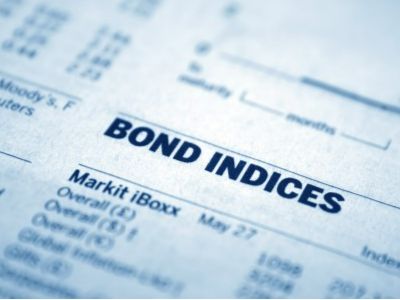Invesco: The long-term structural prospects of the Indian stock market remain good.
2025-02-18 15:30
Citi's Asia-Pacific (excluding Japan) global market strategist, Zhao Yaoting, expressed his views on the Indian stock market.
Jingshun Asia-Pacific (excluding Japan) global market strategist Zhao Yaoting expressed his views on the Indian stock market. Zhao Yaoting stated that the Indian economy is currently slightly slowing down, causing the local stock market to lag behind. The Nifty 50 index is down about 10% from its peak in September last year, although the total return of the index has rebounded by 267% from the low point during the COVID-19 pandemic. Despite short-term cyclical challenges, as India may soon become the world's largest growth engine, the long-term structural prospects of the Indian stock market remain promising.
Zhao Yaoting mentioned that economic growth faces some resistance, mainly from slowing household consumption, especially in urban areas. Stagnant wage growth is dragging down household balance sheets. Profits of large consumer goods companies in India have slowed in the past few quarters. However, the easing of food inflation may alleviate some pressure, which may explain the resurgence of rural consumption. With the boost from the industrial sector, moderate economic growth is expected this quarter.
Two key policies introduced in February provide some clues for the Indian government's growth stimulus plan. Firstly, the government announced a tax exemption of 1 trillion Indian rupees (11.5 billion US dollars) for the middle class, which should help boost consumption. Secondly, the Reserve Bank of India reduced the policy rate by 25 basis points to 6.25%, the first rate cut in five years.
Zhao Yaoting pointed out that another major risk facing India is the impact of Trump's "reciprocal tariffs" policy. The good news is that compared to other major Asian economies, India has a lower dependency on exporting to the US. Most of India's exports are in the services sector, currently accounting for about 10% of India's GDP, higher than the pre-pandemic level of 7%.
Looking ahead, India will need to open up more industries to attract more foreign direct investment. Once the detrimental factors of cyclical growth start to weaken and corporate profits exceed expectations, the Indian stock market may see a resurgence. Monetary easing coupled with improved fiscal spending should boost economic growth in the coming months. High-frequency indicators have already shown some signs of recovery. Indian stocks have been expensive for a long time, but high valuations are not too concerning because history shows that investors are willing to pay for growth.
Allianz Investment: Diversified asset allocation strategy can help cope with future uncertainty and optimistic about US small-cap stocks, etc.
Bairui Investment: Cautiously optimistic about the Chinese market, opportunities for investment will emerge in select industries and valuations will remain attractive.
RECOMMEND

AMAC: In January, 137 new asset-backed special plans were filed, with a total scale of 1122.64 billion yuan.
26/02/2025

Schroder Investment: Investors should consider allocating funds to securitized credit and insurance-linked securities.
26/02/2025

Reuss County Asset Annual Reflection: Policy Tipping Point is very clear. The semiconductor industry in 2025 is a game for the brave.
26/02/2025


